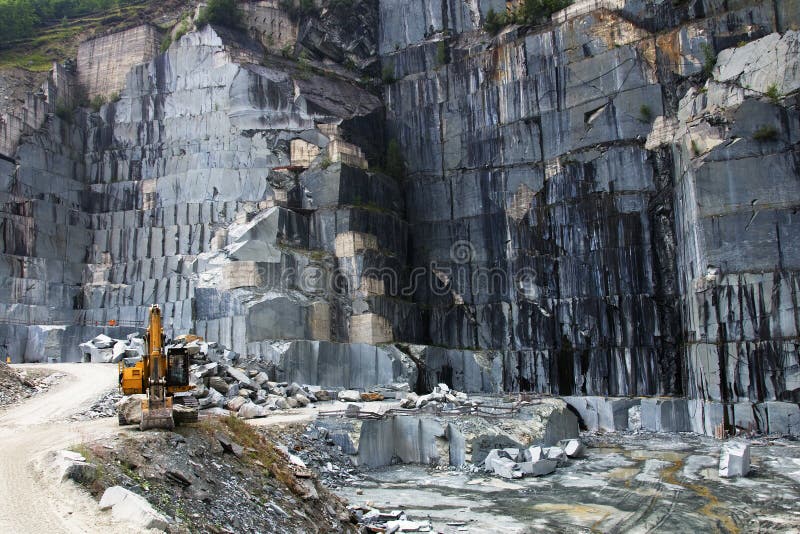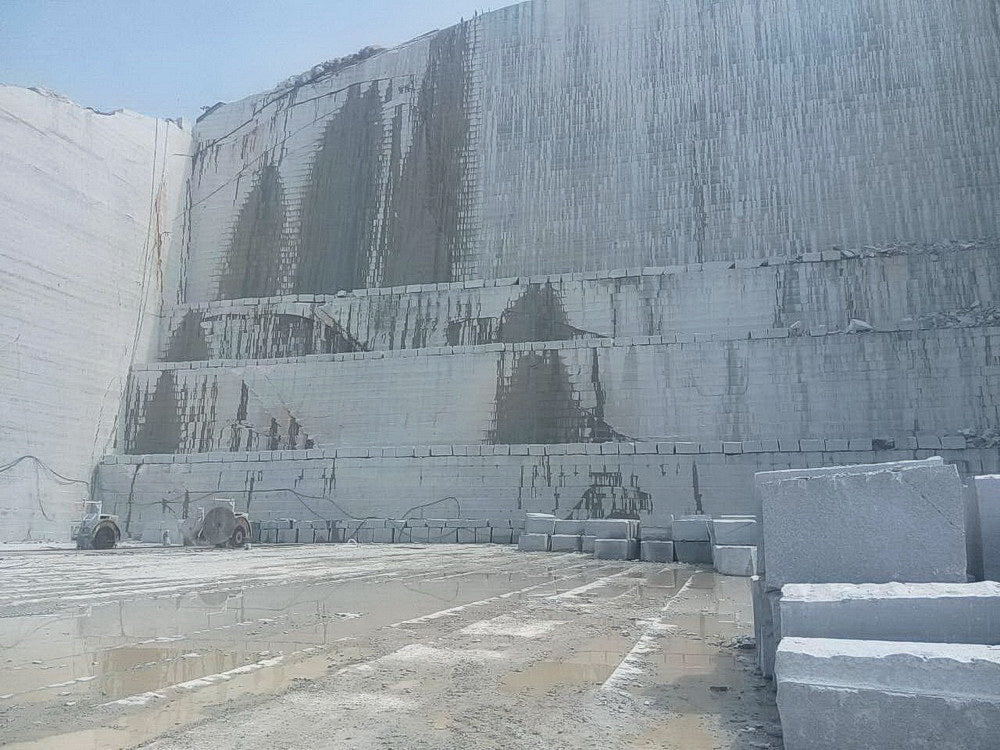Discovering the Rich History and Sustainable Practices of Granite Quarrying
As we depend on the precipice of uncovering the elaborate tapestry of granite quarrying, a journey through time exposes not just the physical act of drawing out rock but also the cultural and historical relevance woven into the very fabric of this practice. From the ancient beginnings that laid the structure for modern-day quarrying methods to the sustainable methods that are shaping the future of this sector, each sculpt mark on granite surface areas narrates waiting to be uncovered (granite quarries in south africa). The legacy of granite quarrying extends far beyond mere extraction; it is a testament to human ingenuity, resilience, and the long-lasting attraction of this marvelous stone
Ancient Beginnings of Granite Quarrying
Going back to old worlds, the method of quarrying granite has been an integral component of human history and building advancement. The earliest proof of granite quarrying dates back to old Egypt, where massive pyramids and elaborate sculptures were crafted from this resilient stone. The Egyptians utilized primitive tools to remove granite blocks from quarries, showcasing the significance of this material in their huge building and constructions.
Moving on in history, the Greeks also made significant contributions to the quarrying of granite. The Greeks utilized granite in various architectural wonders, such as holy places and statues, showing their ability in shaping and sculpting this hardy rock. The Romans additionally refined the strategies of quarrying granite, employing innovative tools like knives and hammers to extract and shape granite for their legendary structures.
Via the centuries, the technique of quarrying granite has actually developed, with modern technologies improving efficiency while preserving the classic charm of this all-natural rock - granite quarries in south africa. From ancient worlds to modern builders, the heritage of granite quarrying continues to shape our globe
Advancement of Quarrying Techniques
The advancement of quarrying methods has been noted by a constant progression towards better efficiency and accuracy in extracting granite. From the fundamental techniques utilized by our ancestors to the innovative technologies utilized in modern quarrying procedures, the market has undertaken significant advancements. Early quarrying methods entailed hand-operated labor with basic tools such as chisels, hammers, and wedges to draw out granite blocks from the earth. As people advanced, methods like fire-setting and primitive dynamites were presented to assist in the extraction process.
Developments in computer-controlled tools and 3D modeling have actually maximized quarrying procedures, leading to very little ecological influence and improved sustainability techniques. As the demand for granite proceeds to rise, the development of quarrying techniques stays important to meeting sector requires efficiently and sustainably.
Social Significance of Granite
Granite holds an extensive cultural relevance throughout various human beings because of its long-lasting existence in architectural masterpieces and respected monuments. From the marvelous pyramids of Egypt to the intricate carvings of the Angkor Wat temple pop over to this web-site in Cambodia, granite has been a product of choice for sharing majesty and durability in social heritage. In ancient Rome, granite columns decorated temples and public buildings, symbolizing stamina and permanence. The social importance of granite prolongs beyond its physical characteristics; it symbolizes strength, security, and eternity, making it a sign of withstanding heritages and traditions.

Lasting Practices in Quarrying
Amidst the rich background of granite quarrying and its social importance lies an expanding emphasis on sustainable practices within the market. As environmental understanding and problems concerning source exhaustion have heightened worldwide, the quarrying industry has actually significantly embraced sustainable approaches to lessen its effect on the environment and bordering neighborhoods.

Furthermore, reclamation and rehab of quarry sites post-extraction are essential to sustainable techniques. By recovering quarried areas to a natural or valuable state, such as creating wildlife environments or leisure rooms, quarriers can counter the environmental footprint of their operations and add favorably to the regional environment.
Legacy of Granite Quarrying
With a historic backdrop steeped in workmanship and commercial development, what sustaining effect has granite quarrying left on the landscape of modern culture? The heritage of granite quarrying transcends plain extraction practices; it has actually shaped architectural wonders, urban landscapes, and social heritage worldwide. The sturdy nature of granite has actually made it a favored selection for monoliths, buildings, and facilities, standing as a testimony to the skill and creativity of quarry workers across generations.
Furthermore, the financial impact of granite quarrying can not be ignored. The industry continues to give work chances and drive neighborhood economies in areas where granite removal is widespread. It has actually also spurred technical advancements in quarrying strategies and devices, causing more efficient and sustainable techniques.
In regards to sustainability, the tradition of granite quarrying includes efforts to alleviate environmental influences with improvement projects and liable resource administration. By balancing economic interests with environmental stewardship, the industry strives to guarantee that future generations can continue to take advantage of this enduring natural deposit.
Final Thought
